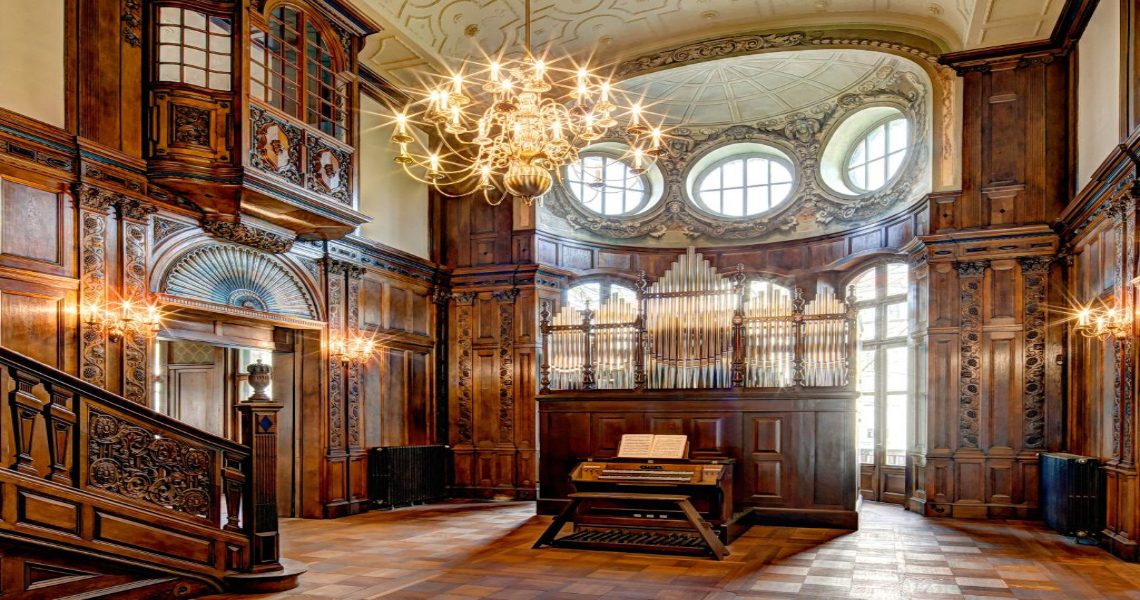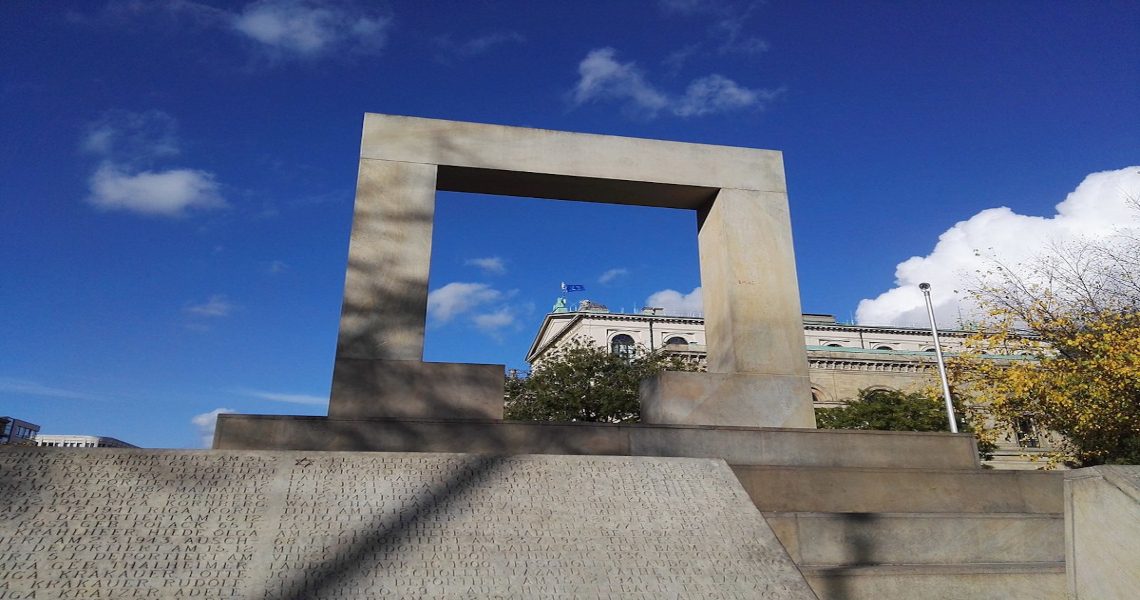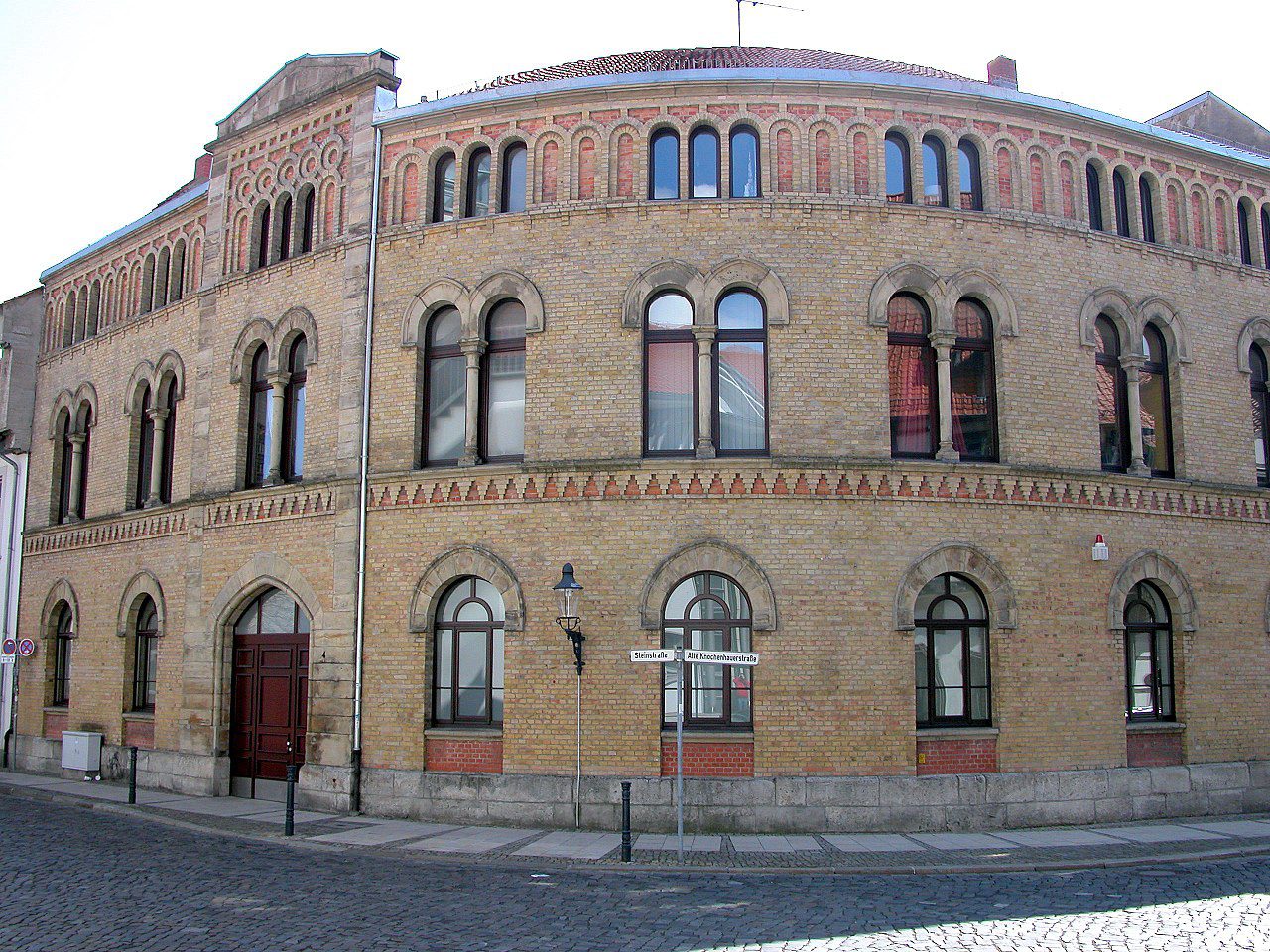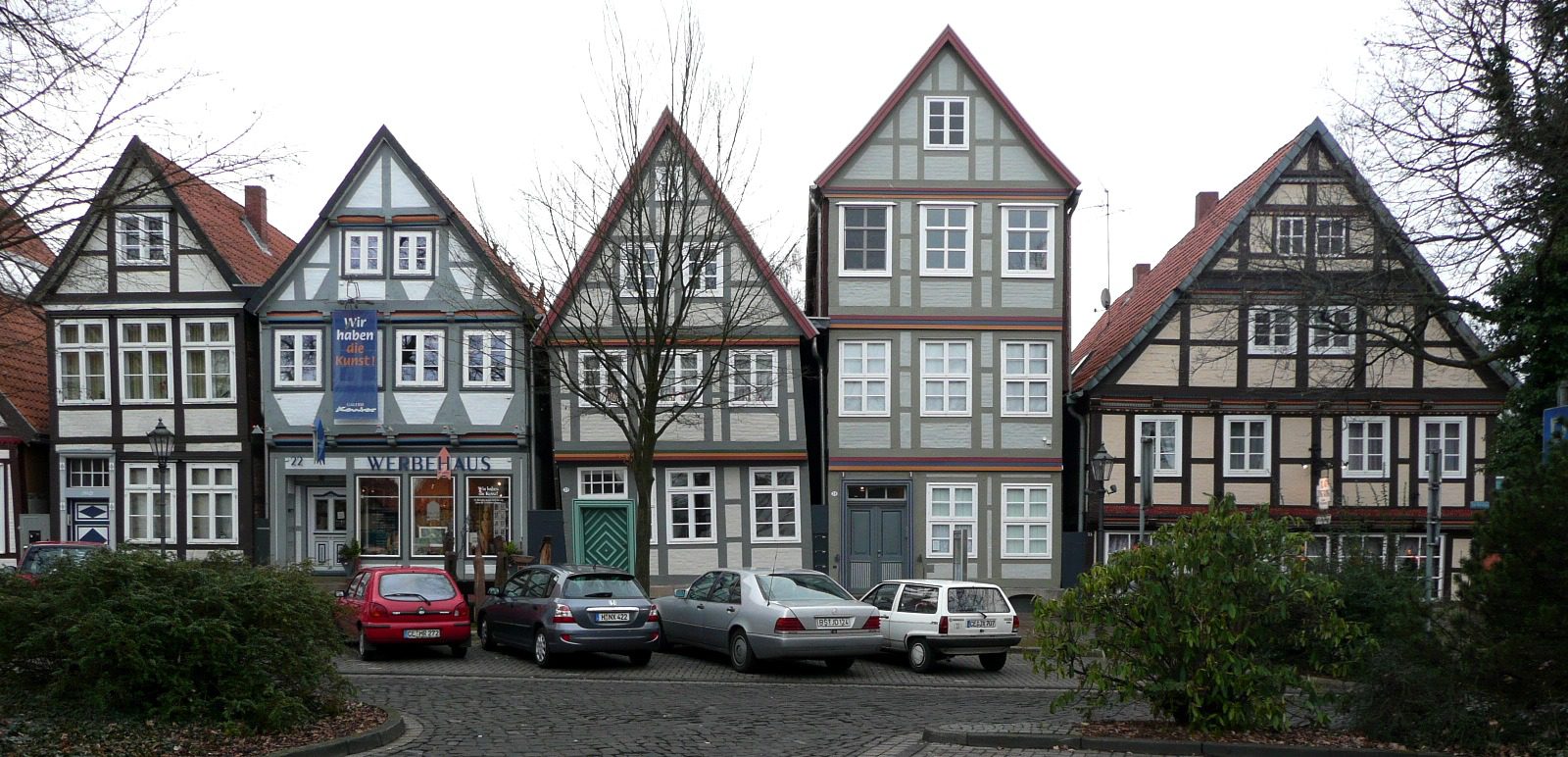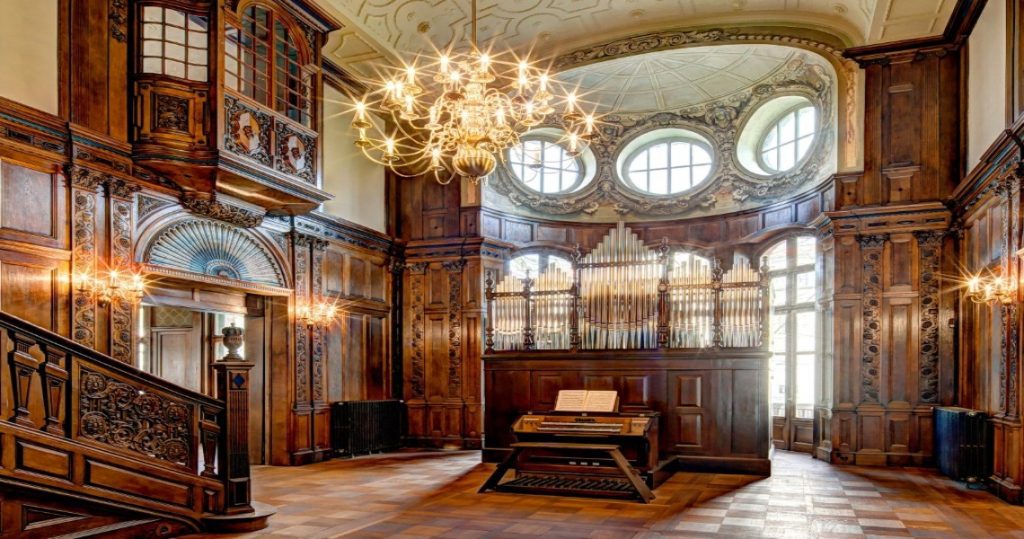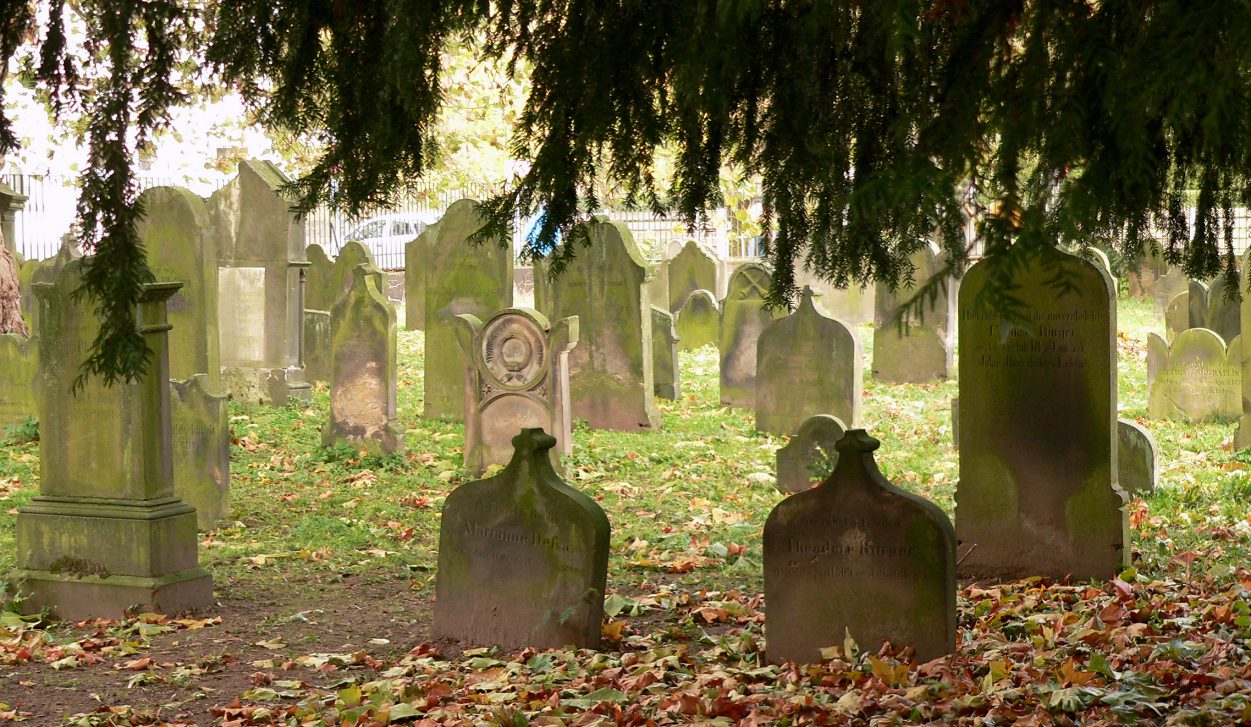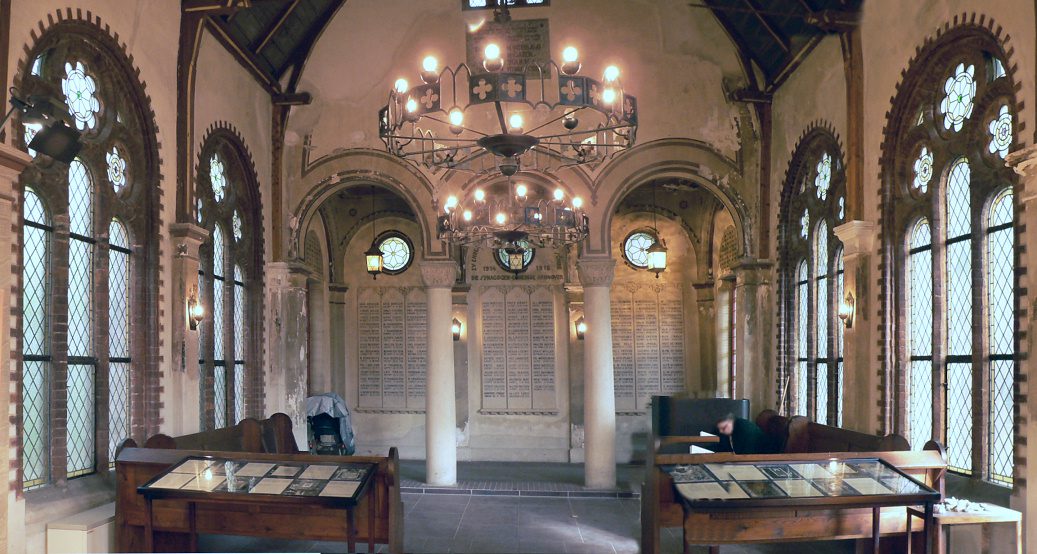Introduction
The area between the Harz Mountains, the Heath and the Weser belonged to the ancestral land of the Guelphs, one of the oldest European noble houses, but fell apart into many fragmented lineages and principalities. One of them had its seat in Hanover and thanks to the financial and logistical support of the Jewish court banker Leffmann Behrens, it became an electorate in 1692.
The route leads into the heartland of the Guelphs.
It takes its bearings from the diverse evidence of Jewish life in the “Pied Piper City” of Hamelin, the state capital of Hanover, the “Lion City” of Brunswick, the old episcopal city of Hildesheim, the spa town of Bad Harzburg and the royal seat of Celle.
The route follow in the footsteps of well-known personalities such as Israel Jacobson, who founded an important reform school in Seesen, or the Jewish banker A. Moritz Simon, who financed the construction of agricultural and craft schools in Ahlem and Peine.
Places of horror are also part of the route: the Bergen-Belsen concentration camp, the countless satellite camps near factories important to the war effort, and Hanover’s old town, from which many Jews were deported to Poland. Herschel Grynspahn’s family was among them. He took revenge by assassinating a German embassy employee in Paris – thus gave the Nazis the reason for the Reich Pogrom Night on November 9, 1938. And, of course, the tour leads to the sites of current Jewish life.
Explore the cities on this route


